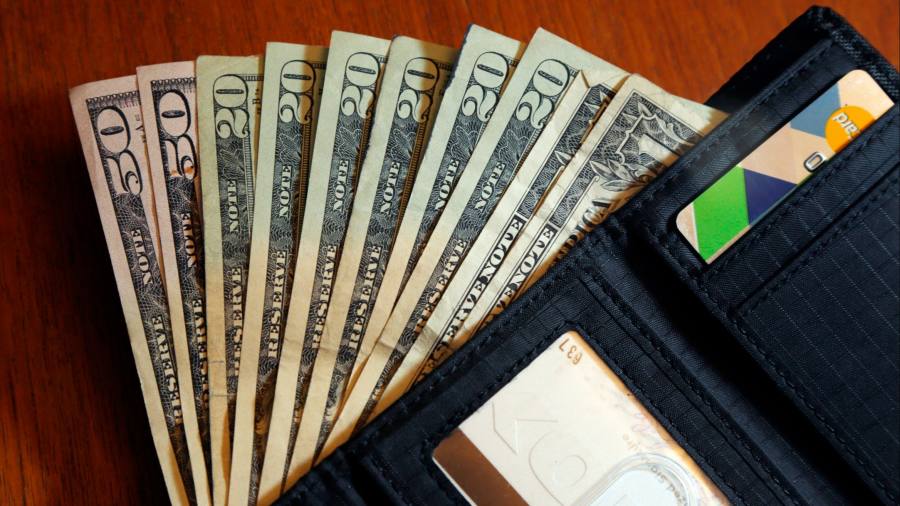The dollar has dominated world trade and served as the global reserve currency since the end of the second world war. With the global order more uncertain today than almost any time since, talk of de-dollarisation is returning. Central banks from China, India and Brazil, among others, are buying gold to replace the dollars in their reserves at the fastest pace on postwar record.
This reaction is rational. The US was able to freeze Russia’s $300bn of reserves because these were held in dollars. That sparked accusations of dollar weaponisation. Gold sitting in local bank vaults is a far safer option than digital dollars.
Dollar-denominated private sector trade is also potentially vulnerable to US sanctions. But weaning major markets — such as that for commodities — off the dollar looks a challenge.
The political will is there. Brazil’s president Luiz Inácio Lula da Silva called for developing economies to do just that. Saudi Arabia has also said it is in discussions to conduct a portion of its oil trade with China in renminbi. India is already paying for most of its 44mn tonnes of Russian crude in rupees.
Challengers would need to overcome the dollar’s dominance in oil benchmarks and financial futures. The only credible alternative is the renminbi benchmark traded on the Shanghai International Energy Exchange.
But as Kelly Chen and Ingvild Borgen of Norwegian Bank DNB have pointed out, the SHFE’s market share would only rise to 7 per cent from 5 per cent if the Saudis chose to price all of their Chinese oil exports in renminbi.
Claudio Galimberti of Rystad Energy notes that a deeper, more liquid Chinese market would need to evolve to draw traders away from trusted Brent. Users would then be left holding renminbi, a currency which is not a freely traded reserve currency like the dollar, or the euro.
Outside places where there is a strong will to ditch dollar trade — or laws preventing it — its dominance remains unassailable.
Read the full article here



